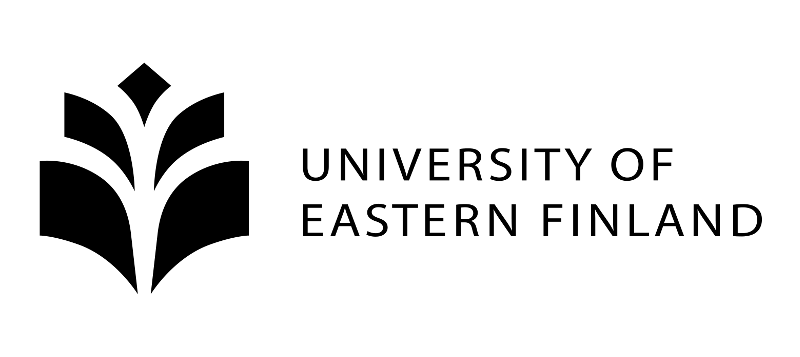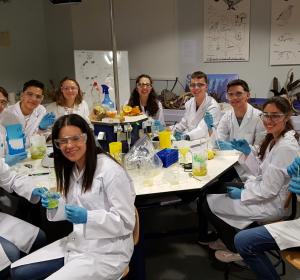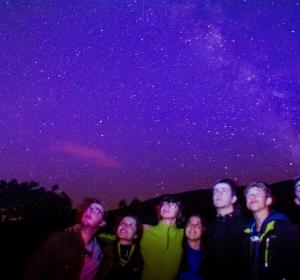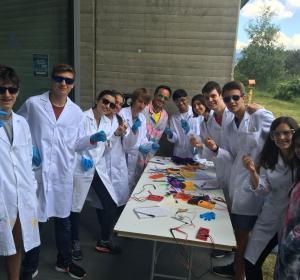From a bird’s-eye view: how does climate change affect the forest?
Basic information
Can we see the impact of climate change on the forest? What will forests be like in 50 years time? Will there be more forest fires? This project will allow you to become better aware of the transformations that are taking place in our ecosystems due to global climate change. You will learn how to use new technologies and environmental data sources to detect changes in vegetation at different levels. On a global scale, with satellites providing multispectral images at a 1 km scale (Modis, daily) or at 10 m scale (Sentinel-2, every 5 days), up to a 1 cm scale, with cameras installed on drones or carrying out measurements in the field. The effects of global climate change are starting to becoming apparent - but will we recognise them?
What will you learn?
The term climate emergency was a newly coined expression in 2019. You can hear climate change being talked about everywhere, on television, through social media, etc. However, the information that comes to us in this regard is often inaccurate and lacks scientific rigour. In this project you will discover the real causes and consequences of climate change on forests, by applying scientific methods. Using information collected on field trips, satellite data and images recorded with drones, we will study the problem and discuss the results obtained in order to find viable solutions that allow us to reduce the environmental impact humans have on the planet.
Through this project you will learn how to search for, download, process and create images that will help you make environmental management decisions. In order to do this, you will use satellite data (Sentinel-2, one of the latest satellites, dedicated exclusively for environmental purposes, and which produces high-resolution multispectral images), orthophotography and LIDAR data for Catalonia, with metric resolutions that go down to centimetres. You will also learn how a drone works and the almost endless ways drones can be used, such as the ability to install cameras and obtain high-resolution, almost instantaneous images of the condition of our forests.
By participating in this project you will also learn how to carry out field work, and what better than having your 'laboratory' in the forest! You will go on several trips to the forest, which will allow you to better understand how forests work and the main factors that affect them (winds, insects, snow, fire, etc.). You will learn how to make a forest inventory to gather data from the forest, and how to compare this data with the information gathered using new technologies so you can characterise the natural dynamics of these ecosystems.
After spending two weeks studying forests and how they work, you will be able to draw maps and produce other types of graphs (tables, figures) to show the main impact of climate change on the forests around MónNatura Pirineus. This will provide you with the skills you need to interpret this data and discuss the consequences for forests and the benefits that forests bring to society.
Research team
The project is led by researchers from the Department of Agricultural and Forest Engineering at the University of Lleida and the Forest Technology Centre of Catalonia (Lleida), and is associated with the Erasmus Mundus European Forestry Master’s, coordinated by the University of Eastern Finland (Finland). Project developed in Spanish and Catalan.










